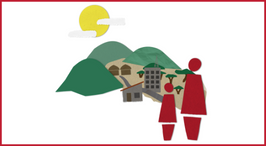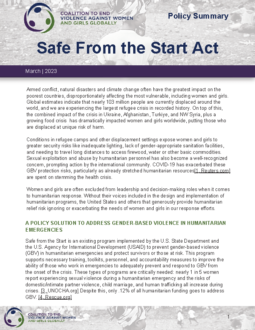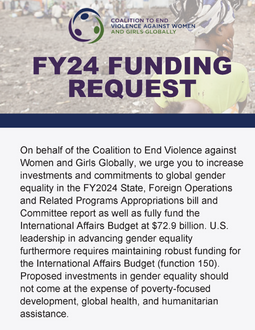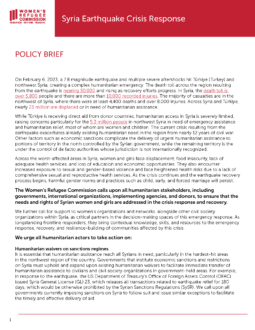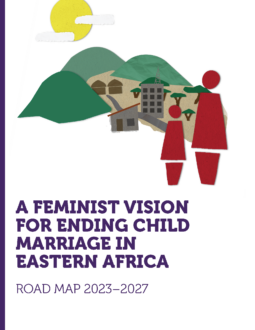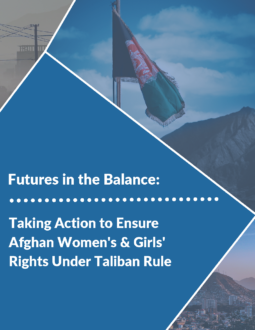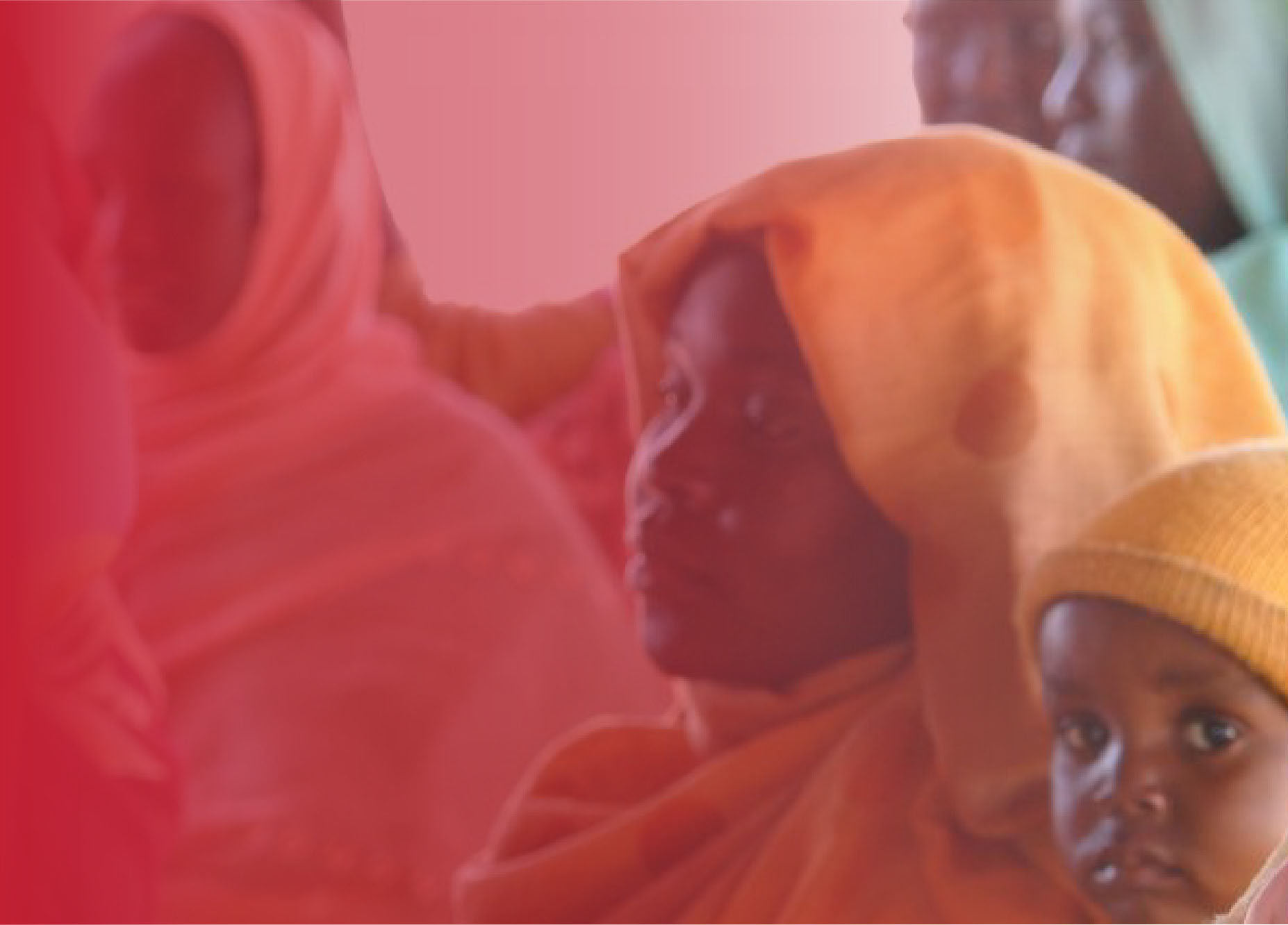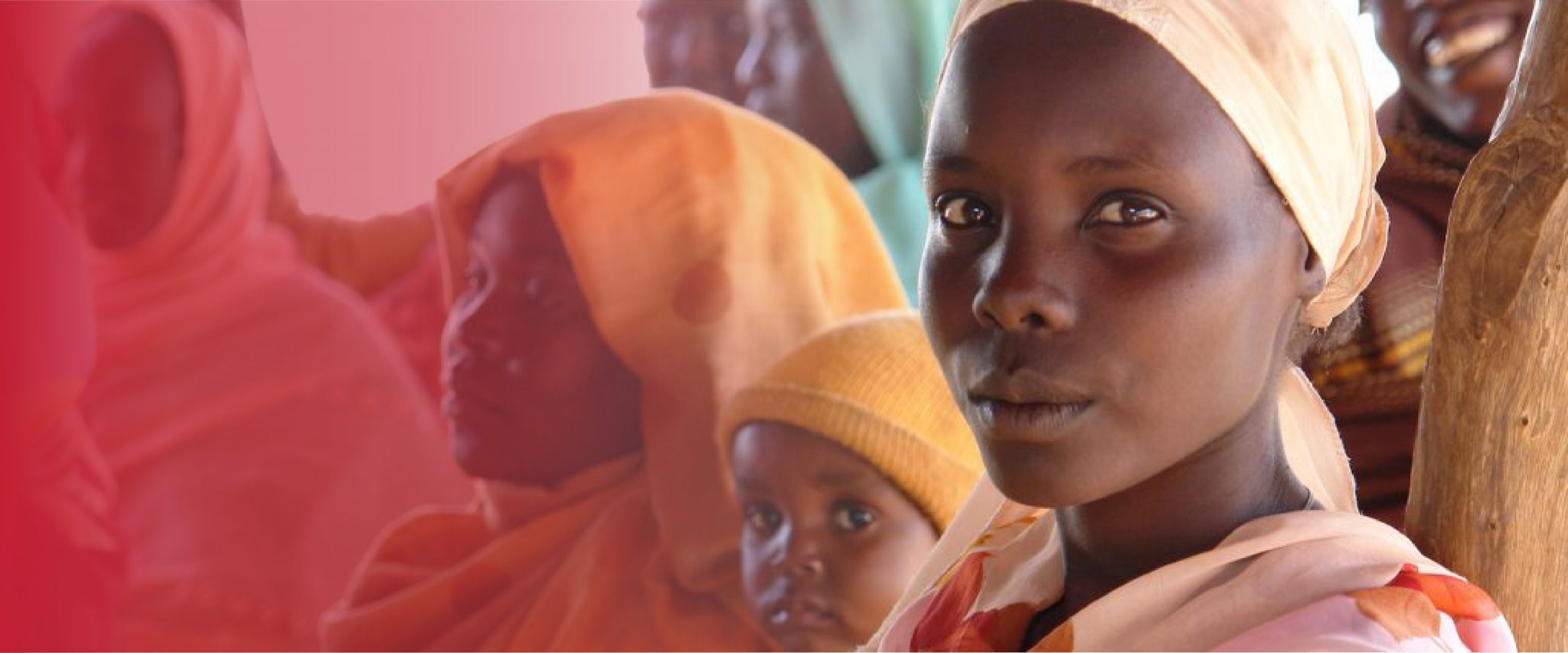Pathway to Impact
Gender-transformative change is needed to ensure that adolescent girls are valued, safe, able to reach their full potential, and are fully empowered to make their own decisions about if, when, and whom to marry.
In partnership with Rozaria Memorial Trust and King’s College London, we are working with local feminist and women-led organizations in East Africa to develop new ways to end child marriage and make sure the needs of married girls are identified and prioritized in humanitarian response.
For More Information on the Initiative
Engaging Feminist Civil Society Actors to End Child Marriage in East Africa
This brief provides an overview of the initiative’s approach and the key advocacy and research activities undertaken in the first three phases.


